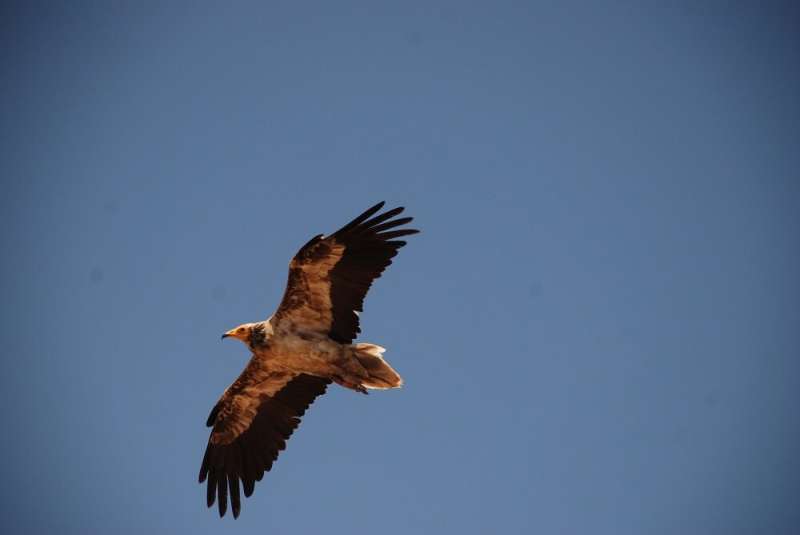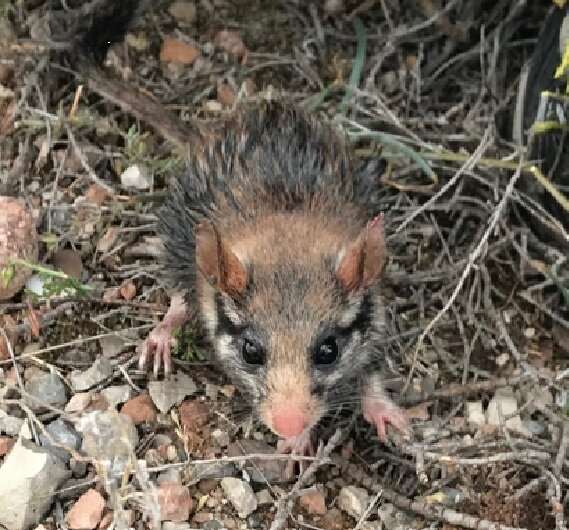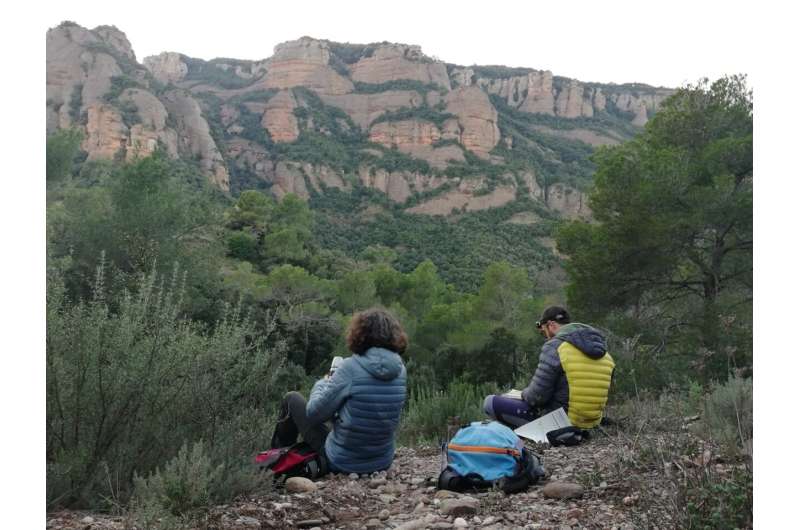New protocol for studying and preserving biodiversity

There are more and more threatened species by the impact of human activity and about a million of them are estimated to be endangered if the rate of biological extinction does not stop. Over the last fifty years, the global rate of extinction of the species and ecological destruction has been of 60% worldwide, according to the 2019 report by the UN Intergovernmental Science-Policy Platform on Biodiversity and Ecosystem Services (IPBES).
In this context of great environmental crisis—known as the sixth extinction—the planet is affected by the effects of human activity, ranging from destruction of natural habitats, to the resource overexploitation, going through climate change, the introduction of foreign species or pollution. In Catalonia, the Living Planet Index reveals there is a loss of a 25% of wildlife in less than twenty years, according to the report of the state of nature 2020, published by the Department of Territory and Sustainability (DTES) of the Catalan Government.
"Species are irreplaceable, they cannot be created nor repeated in an evolution process of millions of years. Therefore, conservation is essential for the functioning of ecosystems, and it is an ethical obligation too," says lecturer Joan Real, head of the Conservation Biology Group of the Faculty of Biology and member of the Biodiversity Research Institute (IRBio) of the University of Barcelona. "Biodiversity, natural habitats and ecological processes bring a series of ecosystem services to society—natural resources, protection against natural disasters, etc.—and are necessary elements for the continuity of the human species."

Defining bioindicators—be it species, habitats or ecological processes—for finding the state of biodiversity over time is a great challenge in ecology. Some international initiatives—such as the global alliance GEO BON or the EuropaBON project—work on it to quantify the losses and changes of biodiversity with precise and reliable scientific data at a local and global scale.
"These informative elements of environmental changes—which are, apparently, easy to measure, repeatable at different time and space scales and measurable with moderate resources—are necessary tools for defining policies on sustainable management and natural resource conservation," notes Joan Real, member of the Department of Evolutionary Biology, Ecology and Environmental Sciences of the UB.
In the Mediterranean, the biological richness and complexity of the ecosystems harden the selection of biodiversity indicators and ecological changes. Regarding the lack of efficient tools, the experts Joan Real and Roger Puig-Gironès present, in the journal Public Library of Science (PLOS ONE), a method for selecting the most representative bioindicators of an area including the species, habitats and ecological processes. The new methodology optimizes the resources for the monitoring of biodiversity, it includes multidisciplinary data and it is analysable in most of Mediterranean ecosystems.

The CMBMM is a pioneering initiative in the study and conservation of biodiversity in the Mediterranean
The main reference of the study is the Biodiversity Monitoring Centre of Mediterranean Mountains (CMBMM), a pioneering initiative in Spain in the monitoring and conservation of biodiversity launched in 2016 by the UB and the Barcelona Provincial Council in the Sant Llorenç del Munt i l'Obac Natural Park. "There are more than 3,500 species in more than ninety typologies of habitats in the park, and in the complex biotic network, we must add the abiotic aspects (climate, soil structure, relief, fires, etc.) and anthropic (infrastructures) elements, which harden the understanding of ecological relationships," notes Joan Real, director of CMBMM. "We need to add this knowledge to find the state and trends of biodiversity, detect the emerging warning signs, and diagnose the origins of the conservation problems in order to reverse the negative trends, and plan a better biodiversity management and conservation," the expert says.
The new protocol considers four ecological levels—species, habitats, ecological processes and factors of change—it includes the biological interactions between the elements of the biodiversity and it introduces the trophic networks, from primary production to predators. "In the study, we defined a total of twenty-seven priority indicators, thirteen of them referring to the state of the species, two of them to the habitats, four to the ecological processes and the other eight to the effects of the factors of change in the ecosystem," notes Roger Puig-Gironès, member of UB-IRBio and the University of Girona.

Finding changes in biodiversity is essential for establishing adaptive and sustainable policies and management actions
The Sant Llorenç del Munt Natural Park, managed by the Area of Natural Spaces of the Barcelona Provincial Council—coparticipant of the CMBMM initiative—and with a long naturalist tradition, is the oldest natural park in Spain and it stands out due to its biological richness and singularity. The Park has many oak groves and pine forests which are well conserved—such as black pines (Pinus nigra salzmannii) declared Habitat of Community Interest by the European Union—apart from matorrals, small crops and pastures which result from the abandonment of the agricultural activities. This is also the natural habitat of Mediterranean threatened species such as the Bonelli's Eagle (Aquila fasciata) and the Egyptian vulture (Neophron percnopterus), which is why the Park is part of the Natura 2000 Network and is a special protection area for birds (ZEPA). High human pressure—high frequency, erosion, anthropization of the environment, pollution, etc.—the loss of old forests due to the intensification of forest exploitation, and the effects of the abandonment of traditional uses—with the loss of Mediterranean species—are factors the affect the conservation of the biodiversity in the Park. "This is why we need a monitoring and information system based on scientific and robust data, and we must prioritize the resources to prevent the loss of biodiversity," note the authors.
The new standardized protocol of biodiversity monitoring, implemented by the CMBMM, will be applied in the future to the Natural Park Network of the Barcelona Provincial Council as a strategical tool for the monitoring of the biodiversity, decision-making, ecological knowledge and the sustainable exploitation of resources.
More information: Roger Puig-Gironès et al, A comprehensive but practical methodology for selecting biological indicators for long-term monitoring, PLOS ONE (2022). DOI: 10.1371/journal.pone.0265246
Journal information: PLoS ONE
Provided by University of Barcelona





















